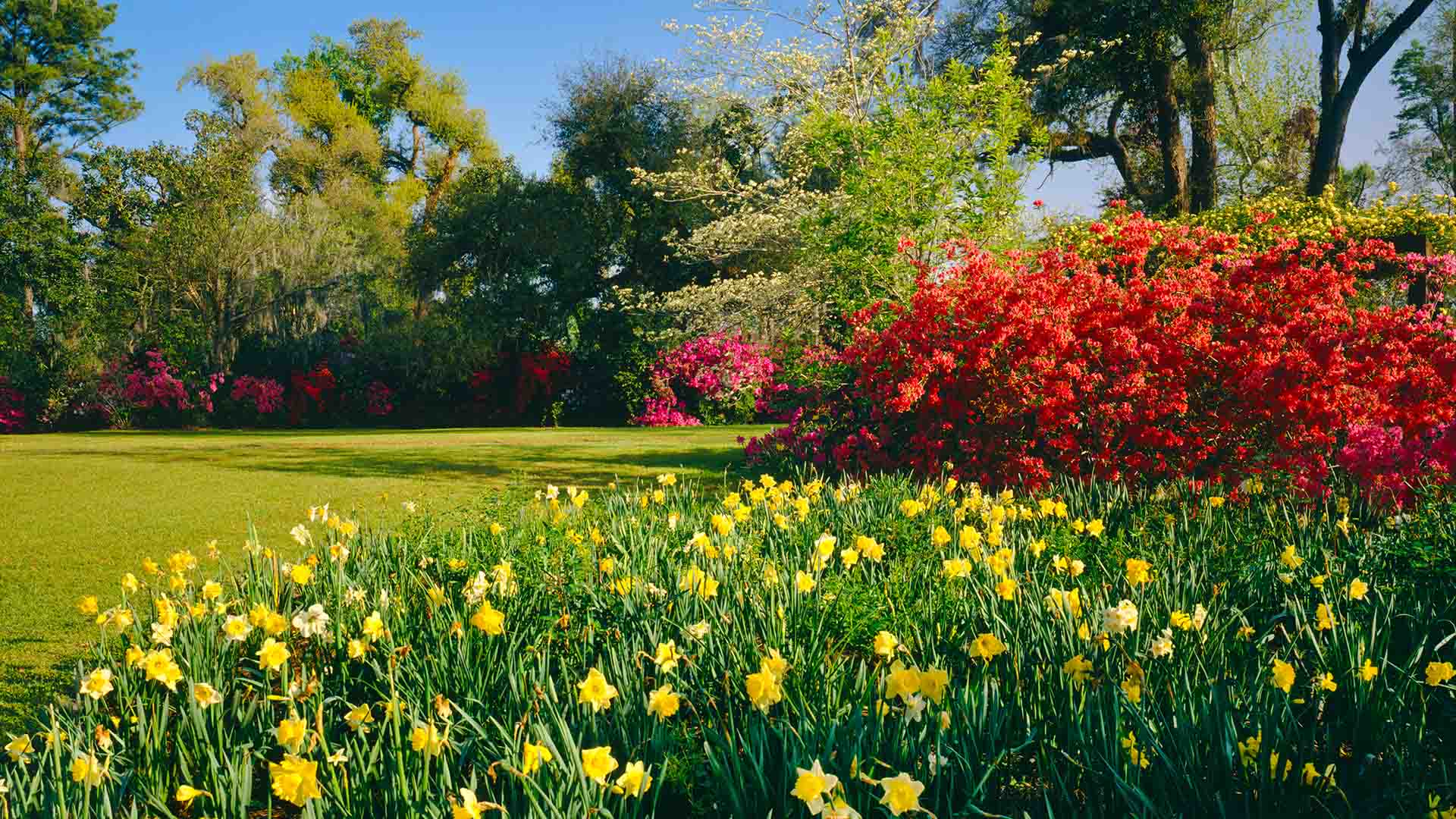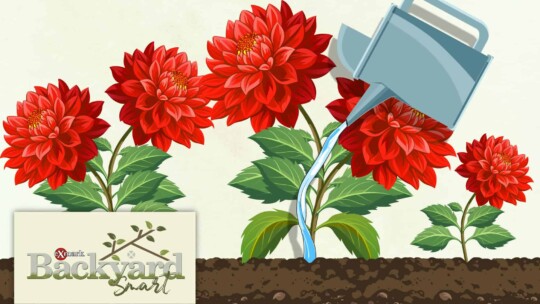The term “naturalized plants” might seem a little too technical, but it’s actually a simple concept! Naturalized plants are plants that aren’t native to you area but can easily and effectively live and flourish there anyways. To be a naturalized plant, it must be able to re-seed, or create volunteer plants, as some call them.
Naturalized plants can be both good and bad for your yard. Some naturalized species are considered weeds like dandelion and Creeping Charlie, while others are beautiful flowers everyone enjoys seeing. Naturalized plants you might be excited to see include daffodils and foxgloves, while naturalized plants you’ll likely dread seeing include kudzu and English Ivy.
Naturalized plants are a great way to support biodiversity in your outdoor spaces. Because they adapt to their environment, they’re able to thrive while and support pollinators while also supporting the soil below.

How do You Naturalize a Plant?
Naturalizing a plant is a pretty simple, mostly because it’s all on the plant to do the hard work, and many of the naturalizers available in your local nurseries have already been determined capable of surviving in your area. Your side of things is simple – it just requires planting and tending to a plant that’s capable of seeding and re-seeding in order to come back year after year. There are lots of species of annuals, perennials, and spring blooming bulbs that re-seed on their own. You’ll just want to be sure to, as with all plants, choose the right plant for your environment. Mulching can be a great help when you’re encouraging your naturalized plants to re-seed as it creates a weed barrier and lets the plant grow up undisturbed.
Where Should You Plant Naturalizers?
The short answer is: Anywhere!
The longer answer is that naturalized species can be planted in your outdoor spaces wherever you’d like as long as they have access to what they need to thrive. You’ll want to pay attention to the sun and shade in your outdoor space to be sure they’re getting the right amount of sun for their growth. With that said, there are plenty of species that do best in beds and borders if you’re looking to add something to the beds and gardens you already have.



